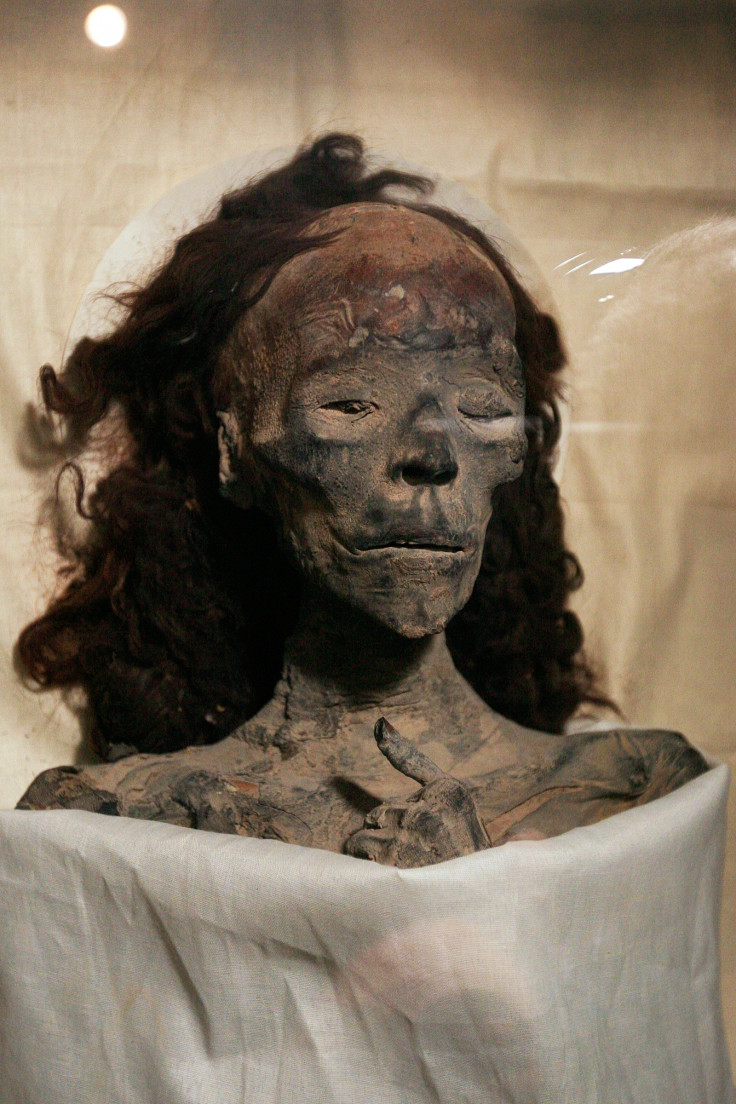King Tutankhamun: Latest Tests Prove the Boy Pharaoh was Product of Incest
'Virtual autopsy' shows boy king's parents were brother and sister

A "virtual autopsy" of King Tutankhamun shows his parents were brother and sister, that he had a club foot, feminine hips and a large overbite.
A new TV documentary Tutankhamun: The Truth Uncovered will provide further evidence that his parents were related. The research involved taking more than 2,000 computerised scans, and this latest programme on the pharaoh will put forward new theories on how the boy king died.
A previous DNA test identified Tutankhamun's father as Akhenaten, a pharaoh who ruled Egypt for 17 years, and died around 1334 BCE.
Albert Zink, scientific director of the Institute for Mummies and the Iceman in Italy, used genetic fingerprinting and tests on mitochondrial DNA, which is inherited only from the mother. On this evidence, he showed that Tutankhamun's mother was Akhenaten's sister, according to a Sunday Times report.
"Albert has proved without a doubt that Tutankhamun was the product of incest; his parents were brother and sister.
"The ancient Egyptians believed that incest kept the blood line pure, but in reality it did the opposite. They would have had no idea of the health implications and the outcome on the offspring."
The BBC One film, which broadcasts on Sunday, shows that the 19-year-old pharaoh had a pronounced limp.
"The virtual autopsy shows the toes are divergent – in layman's terms it's club foot," said Ashraf Selim, an Egyptian radiologist.
"He also developed Kohler's disease or death of the bones, during adolescence, which would have been incredibly painful."
"We know that this man had 130 walking sticks and that he used to shoot arrows while he was sitting," said secretary general Zahi Hawass of Egypt's Supreme Council of Antiquities.

The bone disease he suffered runs in families and is more likely to be passed down if two first-degree relatives marry and have children, suggests a study published in the Journal of the American Medical Association.
Watch the video of The Curse of King Tut's Tomb
© Copyright IBTimes 2025. All rights reserved.






















